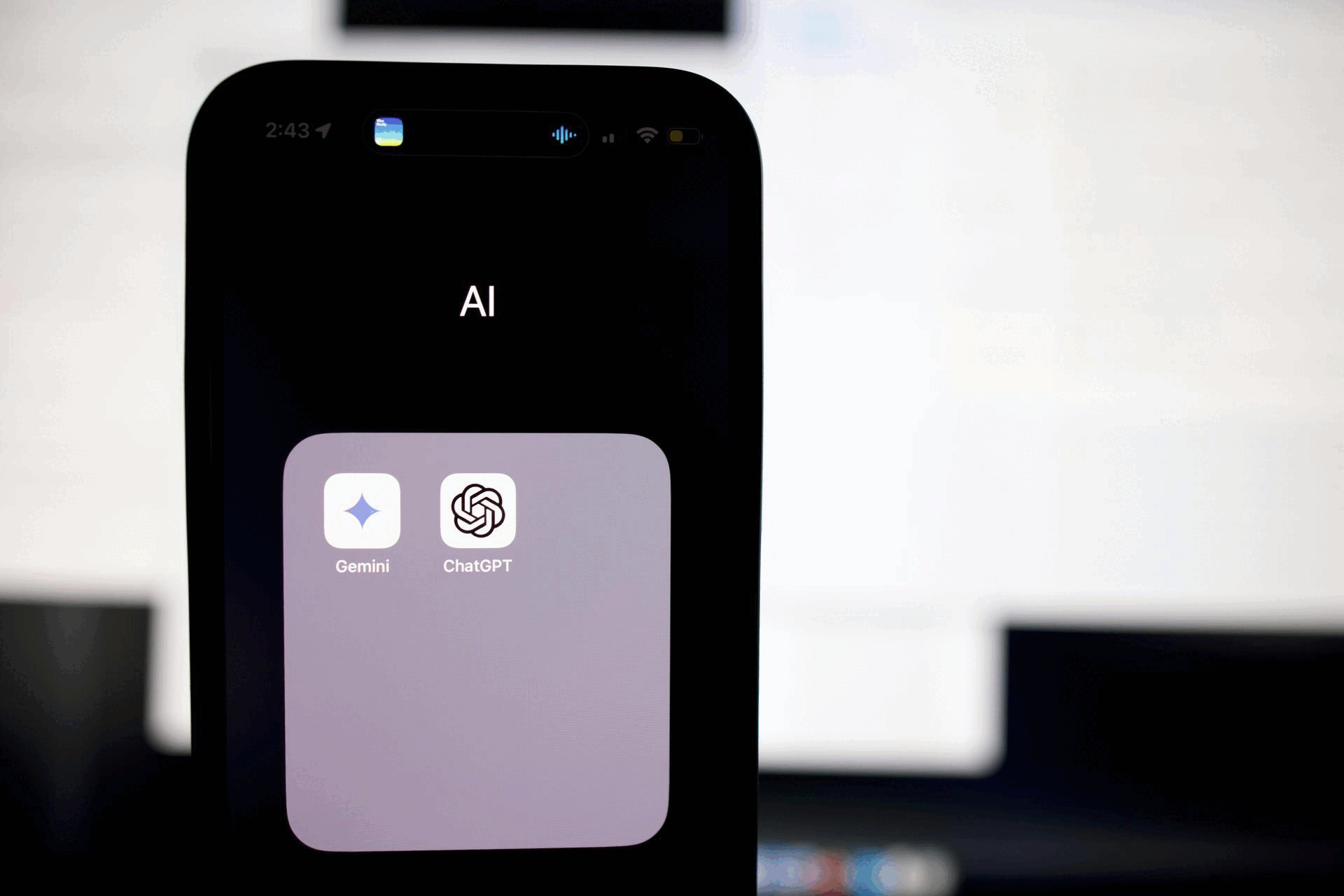Playground xyz study finds carbon emissions from digital ads fall by 63 per cent on average when measured and optimized for Attention Time
- Thursday, March 2nd, 2023
- Share this article:
 Playground xyz, the leading attention measurement and optimization company, released a study today leveraging Scope3 data that found carbon emissions from digital ad campaigns can be reduced by 63 per cent when campaigns are optimised for Attention Time.
Playground xyz, the leading attention measurement and optimization company, released a study today leveraging Scope3 data that found carbon emissions from digital ad campaigns can be reduced by 63 per cent when campaigns are optimised for Attention Time.
The study examined 45m ad impressions and found the average digital ad campaign releases 5.4 tons of carbon into the atmosphere, 35 per cent more than what the average person emits in a year. But by removing advertising from domains where Attention Time is below 0.5 seconds, the study showed total emissions fell on average by 63 per cent, while the average Attention Time per impression grew by nearly 40 per cent.
Playground xyz data suggests that approximately 40 percent of online ads are not viewed, despite being presented on the screen. This contributes to poorer brand outcomes and large amounts of unnecessary emissions. Recent research conducted by Scope3 revealed that approximately 15.3 per cent of advertising spend is wasted on inventory that delivers no value at all for advertisers while generating excessive amounts of CO2 emissions.
The study also looked at how advertisers can reduce their carbon footprint by avoiding websites with the highest carbon emissions. It found that by removing the top 20 per cent most-polluting web domains from ad campaigns, advertisers could reduce emissions by almost 60 per cent.
World leaders at the UN Climate Change Conference in Paris concluded that global emissions have to be reduced by 45 per cent before 2030, in order to reach net zero by 2050 and minimize the worst impacts of climate change. The media industry has a role to play in leading the way, given that digital technology accounts for approximately 4 per cent of total global greenhouse gas emissions, and is reportedly increasing at a rate of 9 per cent each year.
Dr. Shannon Bosshard, Playground’s Lead Scientist who led the study, said: “To date, attention signals have been well-established metrics capable of informing advertising effectiveness, but the current data supports the notion that beyond increasing effectiveness, attention measurement presents opportunities for advertisers to be more sustainable. Historically, it has been inherently difficult to measure online emissions and optimize digital advertising towards decreasing it. However, combined with solutions from the likes of Scope3, attention signals are a metric through which more environmentally conscientious advertising becomes the expected standard.”
Playground xyz uses eye-tracking panel data fused with AI to understand Attention Time – defined as how long, in seconds, an ad is actually viewed. Advertisers then are able to use the Attention Time insights to take action and reassess the digital environments and/or ad creatives to optimize for increased attention and engagement, while minimizing waste with less engaging creative and placements.
June Cheung, Head of JAPAC at Scope3 added: “The study proves our industry can do good for the planet but also improve the effectiveness of media investments by adding a carbon lens. People often ask, by being sustainable will we be sacrificing performance and profits? The answer is no, sustainability offers an opportunity for us to optimise towards effectiveness e.g. attention and in turn reduce carbon emissions. I’m optimistic our industry will continue to find ways like Playground xyz to be both sustainable and effective”
You can download the full report here.

















